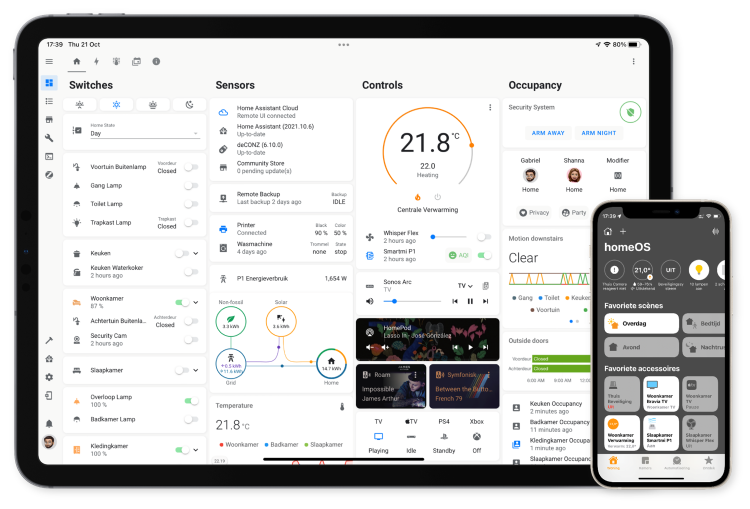Picture this: you’re sitting in your living room, remote in hand, browsing through an endless sea of televisions online. You’re bombarded with acronyms like QLED, OLED, 4K, HDR—where do you even start? Well, if you’re a techie who’s looking to level up your binge-watching sessions or take your gaming experience to the next level, you’ve come to the right place. In the battle for TV supremacy, two technologies have emerged as frontrunners: QLED and OLED. Let’s dive deep into the nitty-gritty to figure out which one is best for you.
How They Work: A Brief Overview
QLED (Quantum Dot LED)
- Quantum Dots: The ‘Q’ in QLED stands for Quantum Dots—a technology that enhances performance in key picture quality areas. Essentially, these are microscopic nanoparticles that emit or alter light at different frequencies, making your picture brighter and more colorful.
- LED Backlighting: QLED TVs use LED backlighting, allowing them to produce brighter images compared to OLEDs.
OLED (Organic Light-Emitting Diodes)
- Pixel-level Lighting: In OLED, every individual pixel is its light source, meaning it can turn on and off independently.
- True Blacks: Because each pixel can be turned off, OLED TVs can achieve true blacks, contributing to superior contrast ratios.
Picture Quality
Brightness
- QLED: Known for producing brighter images, making them ideal for well-lit rooms.
- OLED: Generally dimmer, but offer better viewing angles.
Color Accuracy
- QLED: Quantum dots enhance the color, offering a broader range of hues and more vibrant images.
- OLED: Exceptional color accuracy, but may not be as vibrant as QLEDs.
Contrast Ratio
- QLED: Good, but can struggle with achieving deep blacks.
- OLED: Excellent, thanks to the ability to achieve true blacks.
Lifespan and Burn-in
- QLED: Generally longer-lasting, with little to no risk of burn-in.
- OLED: Subject to image retention or burn-in over time, especially when static images are displayed for an extended period.
Gaming
- QLED: Lower input lag and often higher refresh rates, making them a great choice for gamers.
- OLED: Exceptional motion handling and picture quality but may suffer from burn-in over time, particularly with static gaming HUDs.
Price
- QLED: More budget-friendly options are available, but high-end models can be pricey.
- OLED: Typically more expensive, especially for larger sizes.
Conclusion
When it comes to choosing between QLED and OLED, it ultimately boils down to your specific needs. If you’re looking for brighter images, more vibrant colors, and have a higher budget, QLED might be the way to go. However, if you prioritize true blacks, superior contrast ratios, and are willing to handle the risk of burn-in carefully, OLED could be your match made in TV heaven.
Both technologies have their pros and cons, but regardless of your choice, you’re in for a spectacular viewing experience. So go ahead, pick your champion in this pixel-packed battle, and let the binge-watching begin!



